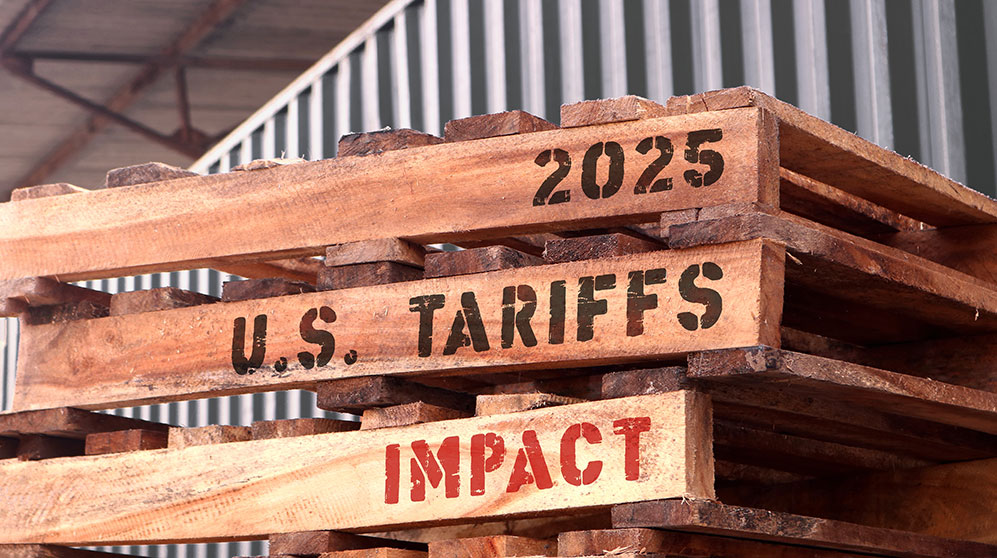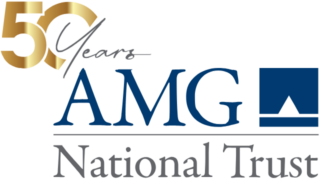Tariffs Likely Will Slow Growth To Nil by Year End
• 2 min read
- Brief: Global Economy

Get the Latest Research & Insights
Sign up to receive an email summary of new articles posted to AMG Research & Insights.

President Trump this month announced additional tariffs on goods imported from virtually every country outside of the United States. The new tariffs consist primarily of an across-the-board minimum base levy of 10% or a higher “reciprocal” tariff. In calculating the “reciprocal” tariff, the administration intends to levy one-half of the U.S. tariff required to equalize the impact of both tariff and non-tariff barriers a foreign country applies against U.S. exports.
The near-term impact of the tariffs will likely be to slow economic growth and raise domestic prices. However, even in advance of the president’s announcement, data pointed to a weaker-than-anticipated outlook. Notably dour consumer sentiment, falling retail sales, slowing manufacturing activity, contracting construction activity, surging imports, and heightened policy uncertainty all pointed toward slower economic growth.
Based on the cumulative effect of tariffs announced to date, the weighted average U.S. tariff is 24%. This is above the peak average 20% rate in effect after the passage of the infamous Smoot-Hawley Act in 1930, but below the average tariff of 30% from 1820 to 1900.
In any case, U.S. tariffs are more aggressive than AMG previously anticipated. Further, tariff uncertainties have not gone away. The extent of retaliation by tariffed countries is not yet known, but retaliation is all but a foregone conclusion. Likewise, the extent of supply chain effects, as companies seek to minimize tariffs by changing the location of offshore production, is unknown but could be substantial. Also, the Trump administration has left the door open for negotiations. So, tariffs may change, downward or upward.
The impact of the tariffs will almost certainly lower economic growth but are unlikely to be catastrophic. Tariffs will cut growth in 2025 and 2026 and add to the level of consumer prices.
The impact on annual inflation rates depends upon how fast that addition occurs. Finally, the unemployment rate is likely to tick up over 2025-2026, peaking sometime in 2026.
HOW AMG CAN HELP
Not a client? Find out more about AMG’s Personal Financial Management (PFM) or to book a free consultation call 303-486-1475 or email us the best day and time to reach you.
This information is for general information use only. It is not tailored to any specific situation, is not intended to be investment, tax, financial, legal, or other advice and should not be relied on as such. AMG’s opinions are subject to change without notice, and this report may not be updated to reflect changes in opinion. Forecasts, estimates, and certain other information contained herein are based on proprietary research and should not be considered investment advice or a recommendation to buy, sell or hold any particular security, strategy, or investment product.
Get the latest in Research & Insights
Sign up to receive a weekly email summary of new articles posted to AMG Research & Insights.





